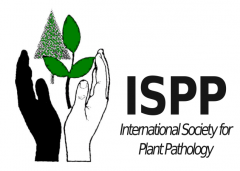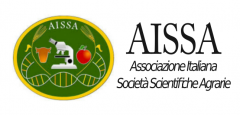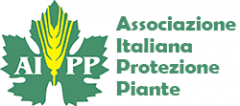INTEGRATED MANAGEMENT OF DISEASES TO RECLAIM GRAIN LEGUME IN MEDITERRANEAN REGION
D. Rubiales
doi: 10.4454/jpp.v98i4sup.3777
Abstract:
Legumes are among the most important crops worldwide just behind cereals for both animal and human consump- tions, being particularly important in Mediterranean agriculture. However, legume acreage in the area is continuously decreasing, whereas it increases in other continents. Yield instability due to diseases is one of the reasons for this decline. Legumes are damaged by a number of diseases and available management methods are scarce or uneconomical. This includes aerial fungi, together with soilborne pathogens associated with foot and root rot complexes, nematodes, parasitic weeds bacteria and viruses. The use of genetic resistance is the most economical and environmentally friendly control method. However, no efficient sources of resistance have been described to some diseases, or it is scarce and of complex nature, making necessary the implementation of other control measures. Phenotypic expression of resistance is usually poorly described. Comprehensive studies on host status and virulence of the causal agents are often missing, and in many instances there is little understanding on the existence of races and their distribution. Also, available information on levels of resistance and on the responsible mechanisms is often incomplete. This is a major limitation for any breeding programme. Only after significant input to improve existing knowledge on biology of the causal agents as well as on the plant, resistance breeding will be efficiently accelerated.
In this contribution relative importance of a number of diseases on legume crops and available management strategies will be critically presented, with a special focus on Mediterranean context. For this, examples will be given on faba bean, pea and chickpea crops and associated rusts, ascochytas, powdery mildews, wilts and broomrape problems.




